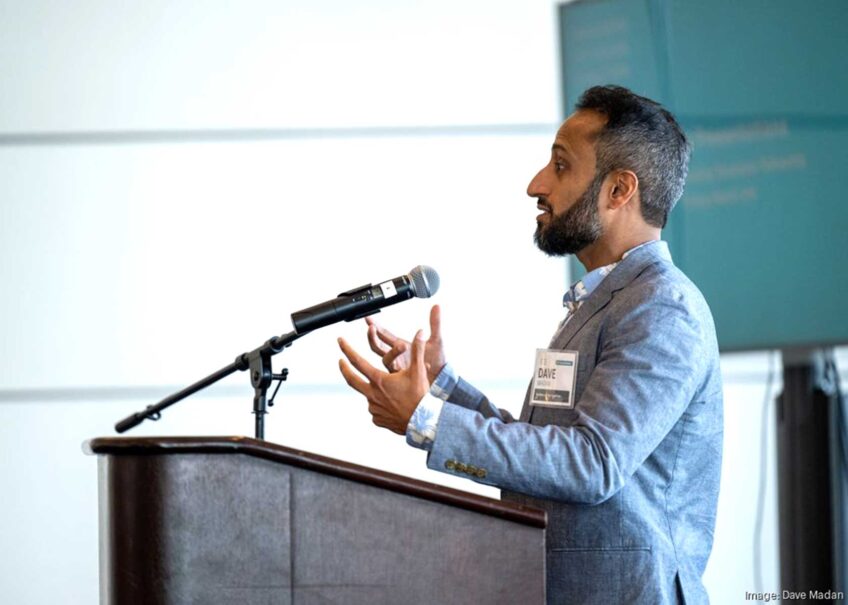Massachusetts has been forced to cut $3 billion from its state budget and slash local aid to cities and towns by nearly 40 percent since the start of the national recession, according to an analysis by an independent research group.
The report by the Massachusetts Budget and Policy Center, released Sunday, compares state funding levels for the fiscal year that ended July 1, 2009 to levels in the spending plan proposed by Gov. Deval Patrick for the fiscal year beginning July 1, 2011. The report made adjustments for inflation.
“When you look at the budget you see we have had very deep cuts, pretty much across the board,” said Noah Berger, president of the center. He added there’s no simple way to absorb such cuts. “There are no easy answers,” he said.
The local aid reductions have been harsh on municipal officials, who are likely looking at a fourth straight year of cuts. The report said the $834 million requested for unrestricted local aid in the governor’s fiscal 2012 spending plan represents a $528 million cut (38.8 percent) from fiscal 2009 levels.
In one of several statements from local officials accompanying the report, Fitchburg Mayor Lisa Wong said the local aid cuts have been tougher on less wealthy communities that rely more heavily on state assistance.
“I believe this has contributed to the growing gap between rich and poor communities,” Wong said. “If we must have cuts, I would like to have a more equitable formula that looks at the impact of cuts on the overall budget.”
Among the report’s other findings:
– Higher education, funded at nearly $1.1 billion in fiscal 2009, is $953 million in the governor’s budget, a nearly 16 percent cut spread among the state’s public colleges and universities.
– The nearly $507 million proposed in fiscal 2012 for K-12 education programs would be about $133 million, or 20.7 percent, lower than three years ago.
– Funding for Children, Youth and Family programs has been reduced $162 million, or 15.7 percent, in the fiscal 2012 spending plan compared to fiscal 2009.
– Child care subsidies for low-income families, funded at $446 million in Patrick’s budget, would be down $62 million, or 12.2 percent, from fiscal 2009.
– The budget for the state court system and legal assistance is funded at $587 million in the spending plan, a drop of nearly 14 percent from three years ago.
Some line items have increased during the same period. For example, funding for affordable housing programs has risen $12.4 million over the past three years. The report attributes that to the demand for emergency shelter for families left homeless during the recession.
The state’s share of costs for health insurance for state employees also continues to rise, with the governor proposing a 2.4 percent increase from current year levels that would bring total health insurance costs to nearly $1.4 billion.
The comparisons made by the center were adjusted for the effects of inflation and are based only on proposed spending for the next fiscal year. The Legislature will act on its own version of the budget in the weeks ahead.
But even with the state’s employment picture slowly improving and tax revenues on the upswing, Patrick administration officials and lawmakers have warned that further budget cuts are unavoidable.
Broad-based tax increases have been virtually ruled out on Beacon Hill and the billions in federal stimulus funds that have softened the blow over the last three years will disappear in the next fiscal year.
The center’s report did not suggest specific solutions for the state’s fiscal dilemma or call for tax increases, but Berger said in an interview that everything, including ways to raise new revenues, should be on the table.
“These will be serious choices about maintaining what have been very deep cuts in local aid and the rest of state government, or making revenue reform part of the solution,” he said.
Associated Press






